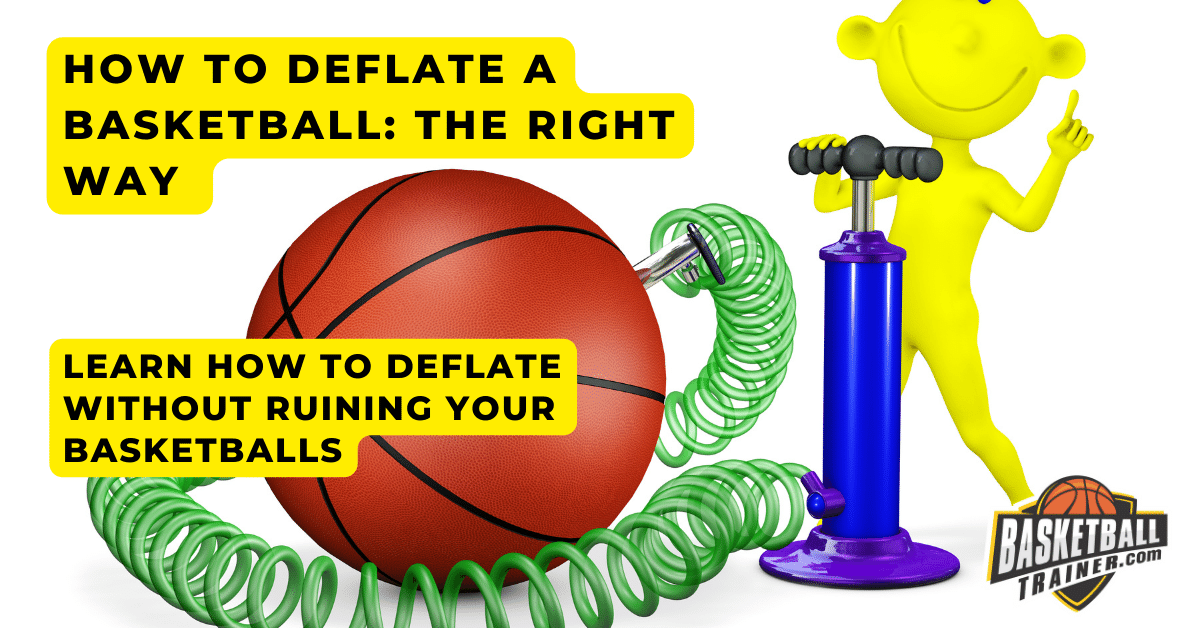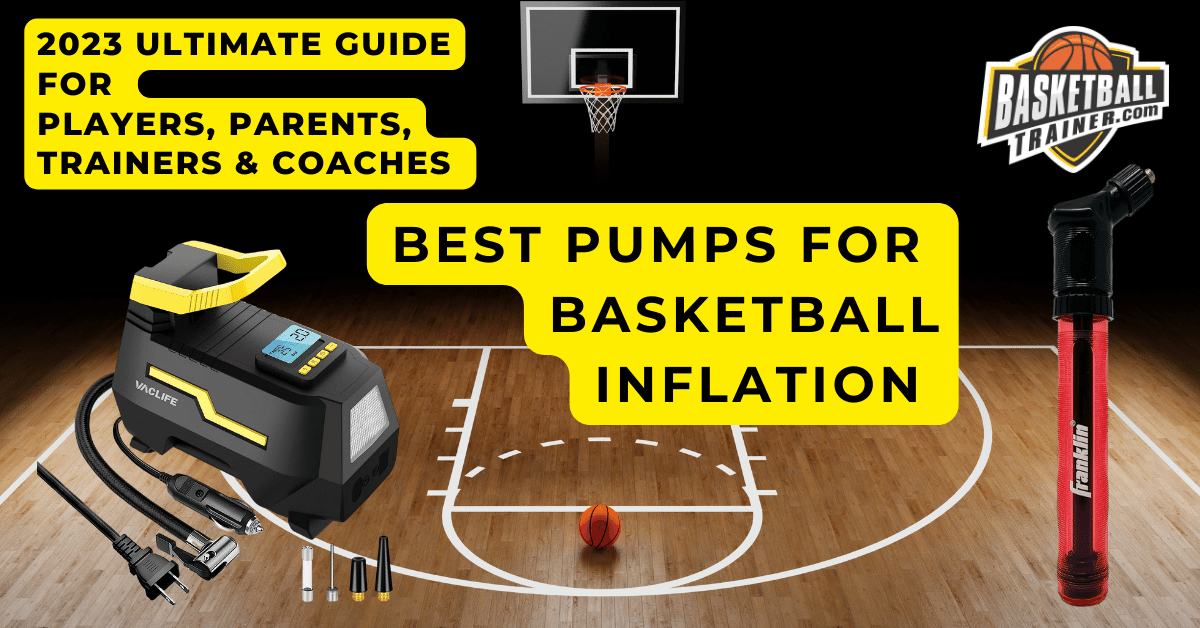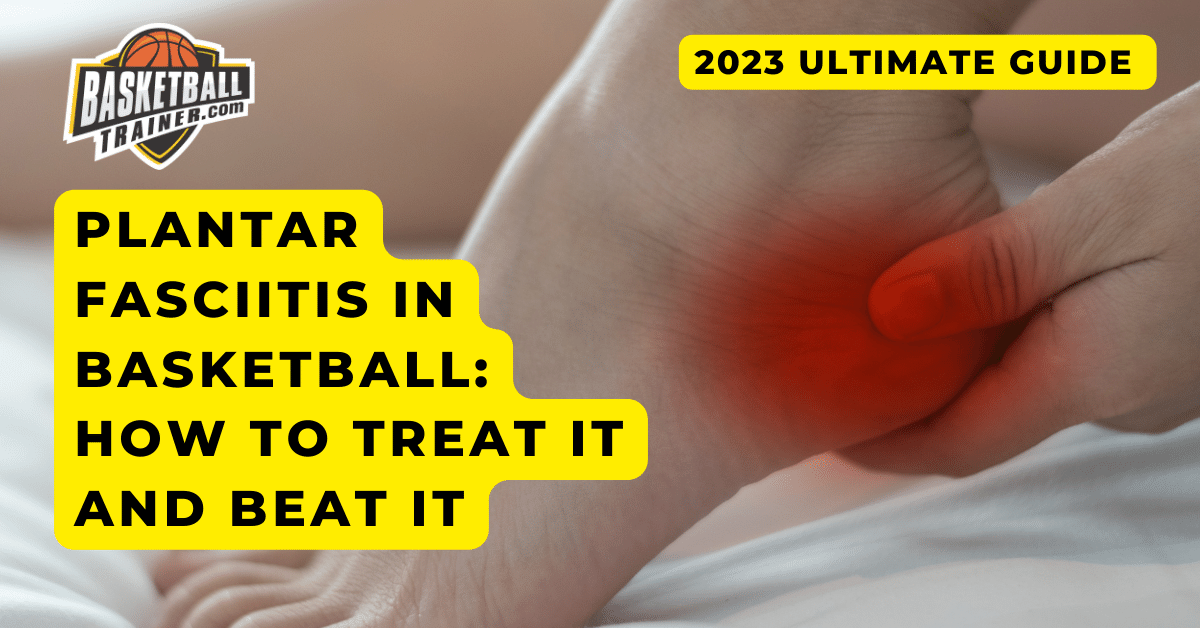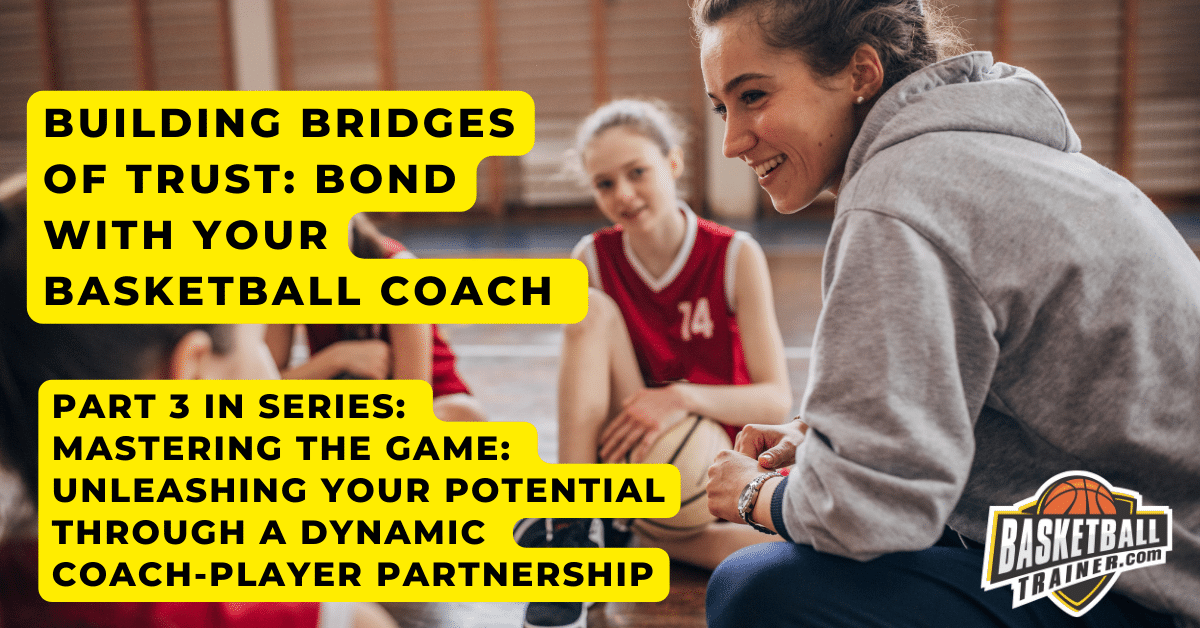
Background Checks for Basketball Trainers: it’s a phrase that makes some people squirm.
But let’s face it…
Safety in youth sports is an absolute must. And when we talk about basketball trainers specifically, background checks become all the more important.
No one wants to believe that their favorite coach or mentor could pose a risk to young athletes. But truth time…
The harsh reality is this: not everyone who applies to be a basketball trainer has pure intentions.
Table of Contents:
- The Importance of Background Checks in Youth Sports
- Legal Considerations for Municipalities and Youth Sports Providers
- Financial Challenges and Solutions for Implementing Background Checks
- Background Check Policies in US Amateur Basketball
- The Impact of Criminal Records on Coaching Opportunities
- A Call To Action For Mandatory Screening Program
- FAQs in Relation to Background Checks for Basketball Trainers
- Conclusion
The Importance of Background Checks in Youth Sports
Let’s talk about the significance of background checks for basketball trainers and coaches.
A shocking statistic reveals that nearly one in 10 people who submitted profiles to the National Recreation and Park Association’s TLC2 volunteer-screening program had criminal records.
Even more alarming, 40 percent committed offenses disqualifying them from coaching children.
The Role of Volunteer-Screening Programs
This is where volunteer-screening programs come into play.
Beyond their obvious role as a safety measure, they serve another critical function: deterrence against individuals with unsavory pasts applying to work with kids.
Maintaining Core Athletics Programs Afloat Amid Financial Challenges
Despite the convenience and cost-effectiveness of background checks in an ideal world, this is not always a reality for recreation providers.
Sadly, this isn’t always the case – many recreation providers struggle financially while striving to maintain core athletics programs due to these necessary precautions.
Navigating through such challenges requires innovation without compromising on child safety.
We’re just getting started.
Dive deeper into legal considerations next.
Legal Considerations for Municipalities and Youth Sports Providers
The legal landscape surrounding youth sports is complex.
Municipalities, basketball training business owners, and other providers need to navigate this terrain with care.
Liability Concerns in the Wake of Crimes Committed by Volunteers
Criminal activities committed by volunteers pose significant liability risks for municipalities and youth sports providers alike.
Renowned experts on such matters shed light on how jurisdictions can still be held accountable despite nonprofit immunity statutes.
State-Level Legislation: An Added Layer of Protection For Our Young Athletes
In 1993, The National Child Protection Act became a federal law. It mandated background checks across various sectors involving children including youth sports programs.
This legislation has been instrumental in ensuring that individuals who coach youth sports are thoroughly vetted before they interact with young athletes.
Navigating Insurance Requirements Involving Background Checks
To further safeguard our youngsters from potential harm during their sporting pursuits, insurance companies have now started requiring background checks as special conditions within certain policies.
This move underscores the importance placed upon conducting comprehensive background check systems not only at a legislative level but also from an insurance standpoint.
This section does not conclude here.
Financial Challenges and Solutions for Implementing Background Checks for Basketball Trainers
Municipalities face a daunting task when implementing comprehensive background check systems.
The financial burden can be substantial, especially for community recreation sports leagues operating on tight budgets.
Navigating the Financial Hurdles
Conducting nationwide fingerprint-based criminal history checks involves costs that some organizations find prohibitive.
The organization, which conducts these checks, charges fees that add up quickly.
Solutions to Offset Costs for Background Checks for Basketball Trainers
Finding solutions to offset these expenses is crucial.
- Venturing into partnerships with local businesses willing to sponsor youth sports programs could provide additional funding.
- Instituting a policy where volunteers pay for their own background screening may also alleviate some financial pressure.
- Youth sports providers might consider applying for grants specifically designed to help nonprofits cover operational costs such as conducting background checks. Find more information about this option from resources like the Foundation Center’s database of grant opportunities.
In light of all these potential solutions, it becomes clear how communities can navigate around fiscal challenges while still requiring thorough screenings.
As we transition into our next topic – US Amateur Basketball’s approach towards ensuring safety in its ranks – let us remember: A safe environment is worth every penny invested in rigorous vetting procedures.
Background Check Policies in US Amateur Basketball
The world of amateur basketball takes the safety and integrity of its players seriously.
To ensure this, organizations like US Amateur Basketball have stringent measures in place for their coaches.
A Rigorous Application Process
An ACA application is a mandatory requirement to coach within these leagues.
This comprehensive background check process screens potential trainers thoroughly before they are allowed near our young athletes.
Felony Convictions: A Deal Breaker?
In most cases, felony convictions can lead to disqualification from coaching positions. This emphasizes honesty during the application process as an essential trait for all applicants.
Nationwide Fingerprint-Based Criminal History Checks: The Gold Standard
No system may be foolproof but conducting nationwide fingerprint-based criminal history checks serves as one crucial step towards creating safer environments for youth sports programs across America.
The Impact of Criminal Records on Basketball Coaching Opportunities
It’s widely known that having a criminal history can have major implications for an individual.
In the realm of youth sports, it carries even more weight.
Serious Offenses and Their Consequences
Convictions for serious drug offenses, violent crimes, recent misdemeanors or felonies all have severe implications in coaching opportunities within youth sports programs.
This is especially true when these convictions involve minors.
Sex Crimes: A Major Red Flag
A conviction involving sex crimes poses an immediate disqualification from any opportunity to coach youth sports.
Background checks done by the FBI are a thorough way to find out about any criminal history.
Facing Repercussions Beyond Legal Boundaries
The stigma associated with having a criminal record often leads individuals into societal isolation.
Such repercussions extend beyond legal boundaries affecting personal relationships and professional prospects alike.
In our next section, we’ll delve deeper into additional screening measures which could further enhance safety protocols within basketball training environments. This will provide us with insights on how best to keep our young athletes safe while they pursue their passion for sport.
A Call To Action For Mandatory Screening Program
As we stay devoted to keeping our young athletes secure, it’s obvious that further steps must be taken.
The time has come for community recreation sports leagues across the country to take a page from organizations like US Amateur Basketball.
Mandatory Background Checks: A Must-Have Safety Measure
We need nationwide fingerprint-based criminal history checks and comprehensive background check systems as standard practice.
This isn’t just about complying with state police’s bureau regulations or meeting insurance requirements. It’s about ensuring every child can play basketball without fear.
Raising Standards Across The Board
Instituting mandatory screening programs is an essential step towards creating safer environments for young athletes everywhere.
Reputation, regardless of their experience level or reputation, should be non-negotiable.
Taking Responsibility As A Community
We cannot allow individuals who pose potential threats elude background checks any longer.
It falls upon us – league administrators, parents, players – everyone involved in youth sports – to ensure these additional screening measures are implemented effectively.
FAQs in Relation to Background Checks for Basketball Trainers
The pros of universal background checks include reducing the likelihood of firearms falling into the wrong hands and potentially preventing gun violence. However, some argue that these checks infringe on individuals’ Second Amendment rights and may not effectively prevent criminals from obtaining firearms through other means.
Conclusion
Background checks for basketball trainers are more than just a safety measure – they’re an absolute necessity.
The importance of these checks in youth sports cannot be overstated, given the alarming statistics about individuals with criminal records seeking to work with children.
Municipalities and youth sports providers must navigate complex legal considerations when it comes to crimes committed by volunteers. The financial challenges of implementing comprehensive background check systems can’t be ignored either.
Yet solutions exist, such as asking volunteers to pay for their own checks or seeking external funding. And let’s not forget how organizations like US Amateur Basketball have set the bar high with stringent policies that require coaches to pass criminal background checks before stepping onto the court.
A coach’s past actions can greatly impact their coaching opportunities today. Serious offenses can lead to disqualification, underscoring the need for honesty during application processes and additional screening measures where necessary.
If you’re passionate about ensuring a safe environment for young athletes while helping them reach their full potential, we invite you on this journey towards safer practices in basketball training. Let’s take action together at BasketballTrainer.com, your trusted source connecting ambitious players and families with expert trainers who prioritize player development without compromising safety standards. Join us now!




















